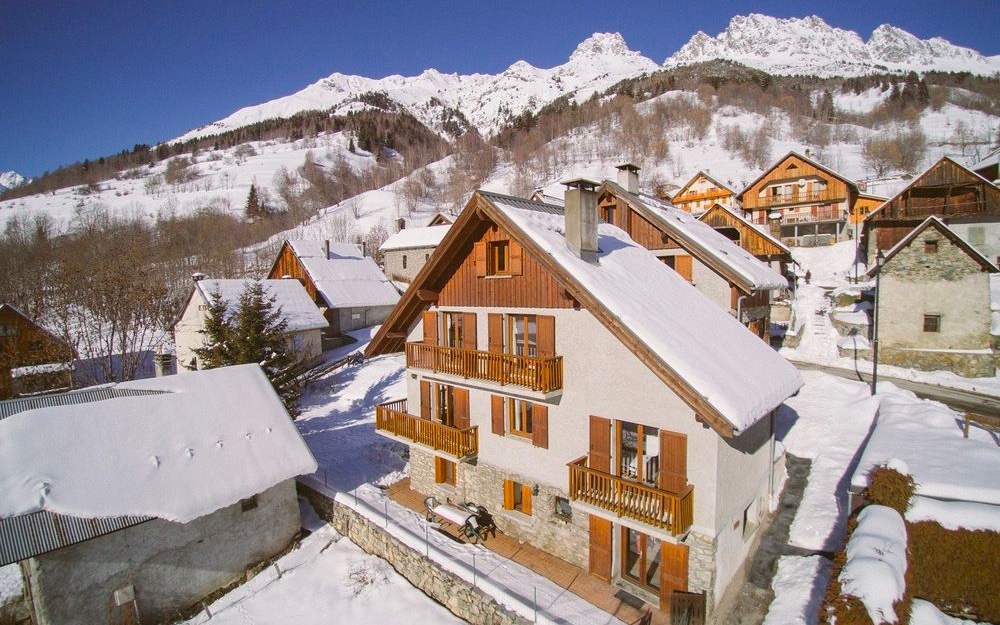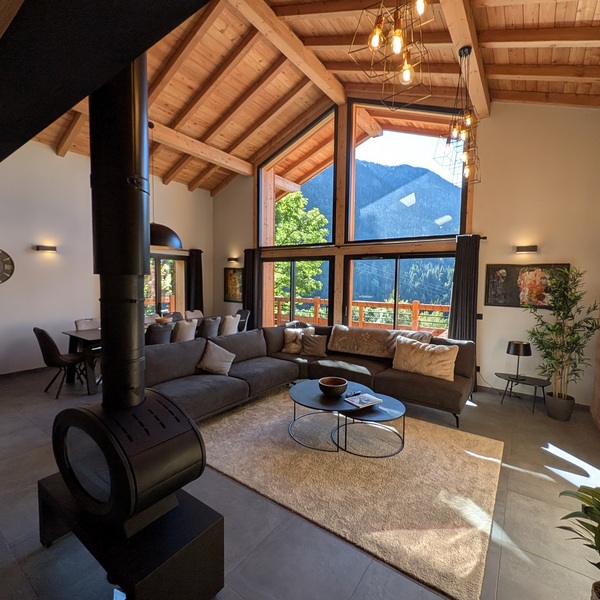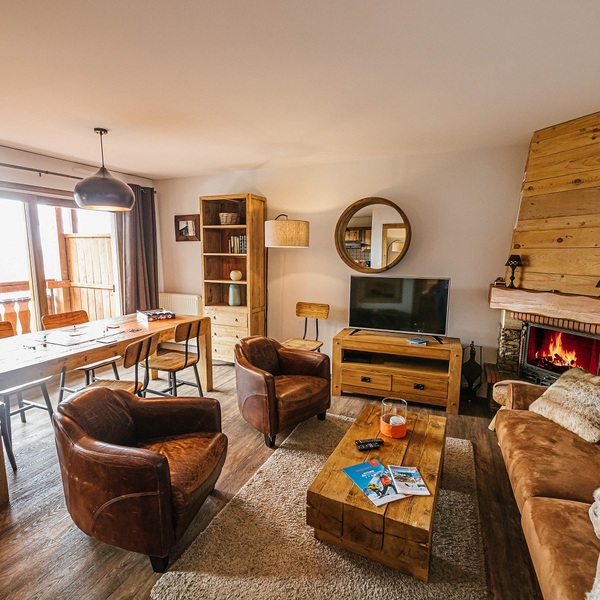With its pristine landscapes and serene snow-covered surroundings, winter camping offers a unique and adventurous escape for those seeking to connect with nature in its frozen splendour. However, the exhilaration of winter camping comes with its challenges and requires meticulous preparation to ensure a safe and enjoyable experience. This comprehensive guide explores everything you need to know to prepare for an unforgettable winter camping trip, from gear essentials to safety tips and everything in between.
Essential Gear: The Winter Camper's Arsenal

Selecting the right tent is crucial for a successful winter camping experience. To get a good insight on the kind of tent you need, explore online, where you may come across Rtivities, a site for camping enthusiasts. Opt for a four-season tent designed to withstand the harsh conditions of winter. Look for reinforced poles, sturdy fabrics, and a full-coverage rainfly. A tent with a vestibule provides additional space for storing gear and helps prevent snow from entering the sleeping area. Invest in a high-quality sleeping bag with a temperature rating suitable for winter camping. Pay attention to the insulation type—down or synthetic—and ensure it has enough loft to keep you warm in sub-zero temperatures.
Trip Planning: Paving the Path to Adventure

Before embarking on a winter camping trip, thoroughly research your chosen destination. Familiarize yourself with the terrain, weather conditions, and any specific regulations or permits required. Obtain up-to-date trail maps and information to plan your route and identify potential challenges. Winter weather can be unpredictable, so checking the forecast is crucial for proper trip planning. Monitor both short-term and long-term forecasts, paying attention to temperature extremes, snowfall predictions, and wind conditions. Inform someone you trust about your winter camping itinerary. Provide details such as your planned route, expected return date, and emergency contact information. If possible, periodically check in with your designated contact to confirm your safety and location. Check if the area you plan to visit requires permits for winter camping. Consider also security, style and warmth by heading out in a motorhome, or even renting from North Campervans.
Safety First: Navigating Winter Challenges

Understanding and practicing avalanche safety is paramount in mountainous regions, especially those prone to avalanches. Take an avalanche safety course to learn how to assess avalanche risk, use safety equipment like beacons and probes, and make informed decisions about terrain choices. Protecting yourself from cold weather injuries, such as frostbite and hypothermia, is essential in winter camping. Dress appropriately in layers, stay dry, and be vigilant about temperature changes.
Staying hydrated is crucial in winter, even though you may not feel as thirsty as in warmer months. Ensure your water supply is not susceptible to freezing; consider using an insulated water bottle or an insulating sleeve. Pack high-energy, easily accessible snacks to fuel your body in cold conditions. Pack down the snow where you plan to set up your tent to create a stable and level platform. When selecting your campsite, consider overhanging branches or other potential falling hazards.
Leave No Trace: Preserving Winter Wilderness

Winter environments are delicate, and minimizing your impact on the snow and vegetation is essential. Walk on established trails or areas with durable surfaces to avoid trampling on fragile vegetation beneath the snow. Stick to designated campsites whenever possible. Proper waste disposal is crucial in winter environments. Pack out all waste, including human waste, in durable and waterproof containers. While wildlife may be less active in winter, it's still essential to respect their habitats. Respect the natural behaviours of wildlife, especially during the winter when they may be conserving energy.
Skill Development: Mastering Winter Techniques

If you're new to winter camping or want to enhance your skills, consider taking a winter camping course. Many outdoor organizations and schools offer courses that cover essential winter camping techniques, including gear selection, navigation, and safety considerations. Practice cold weather skills in a controlled environment before embarking on a multi-day winter camping trip. Set up your tent in the backyard, test your gear, and practice using essential tools such as your stove and navigation equipment. This hands-on experience will build your confidence and proficiency in winter conditions.
Emergency Preparedness: Ready for the Unexpected

Carry emergency communication devices, such as a satellite phone or a personal locator beacon (PLB), especially if you'll be in areas with limited cell reception. Prepare for unforeseen circumstances by developing emergency response plans with your camping companions. Establish clear communication protocols, know the location of emergency exits or evacuation routes, and discuss actions to take in case of severe weather or medical emergencies. A well-stocked first aid kit is a non-negotiable for any camping trip, and winter camping is no exception. Include essential items such as bandages, pain relievers, blister treatment, and prescription medications. Customize your kit based on personal medical needs and the specific challenges of winter camping.
Conclusion

Embarking on a winter camping adventure is a thrilling and rewarding experience for those seeking a unique connection with nature. With thorough preparation, the right gear, and a commitment to safety, you can transform the challenges of winter camping into opportunities for exploration and self-discovery. Whether camping in a snow-covered forest or beneath the majestic peaks of a winter landscape, the key to a successful winter camping trip lies in meticulous planning, a respect for nature, and the embrace of the extraordinary beauty that winter offers. So, gear up, plan wisely, and immerse yourself in the magic of winter camping—the adventure of a lifetime awaits.
Tagged with;















